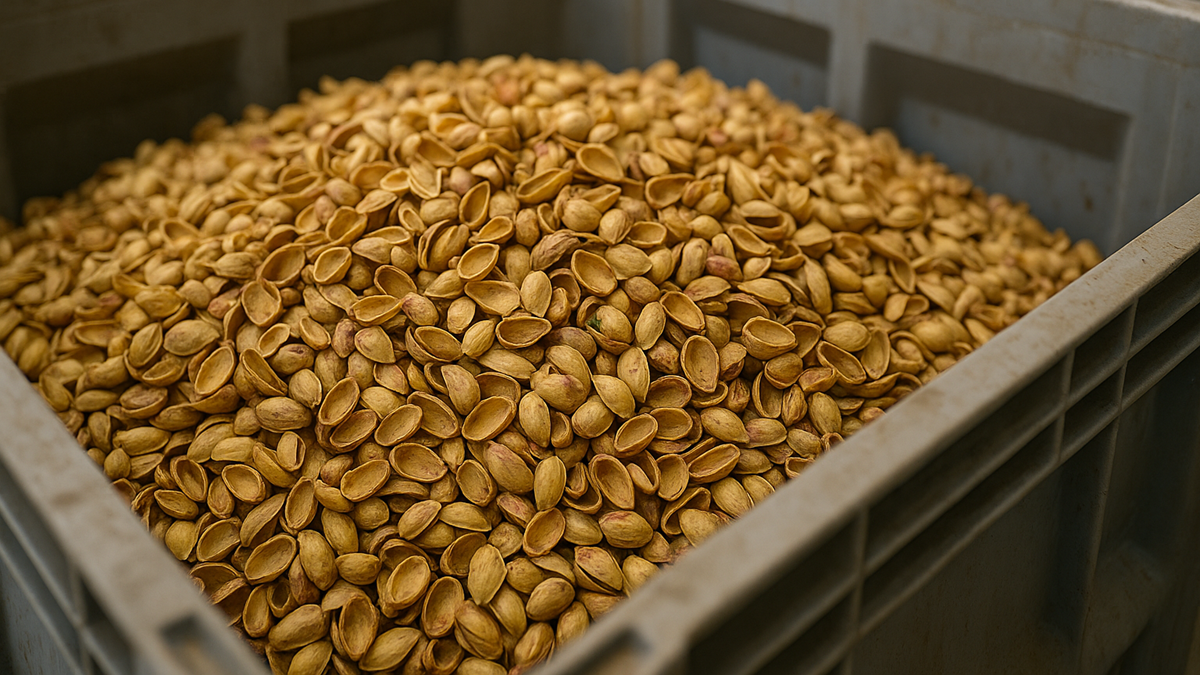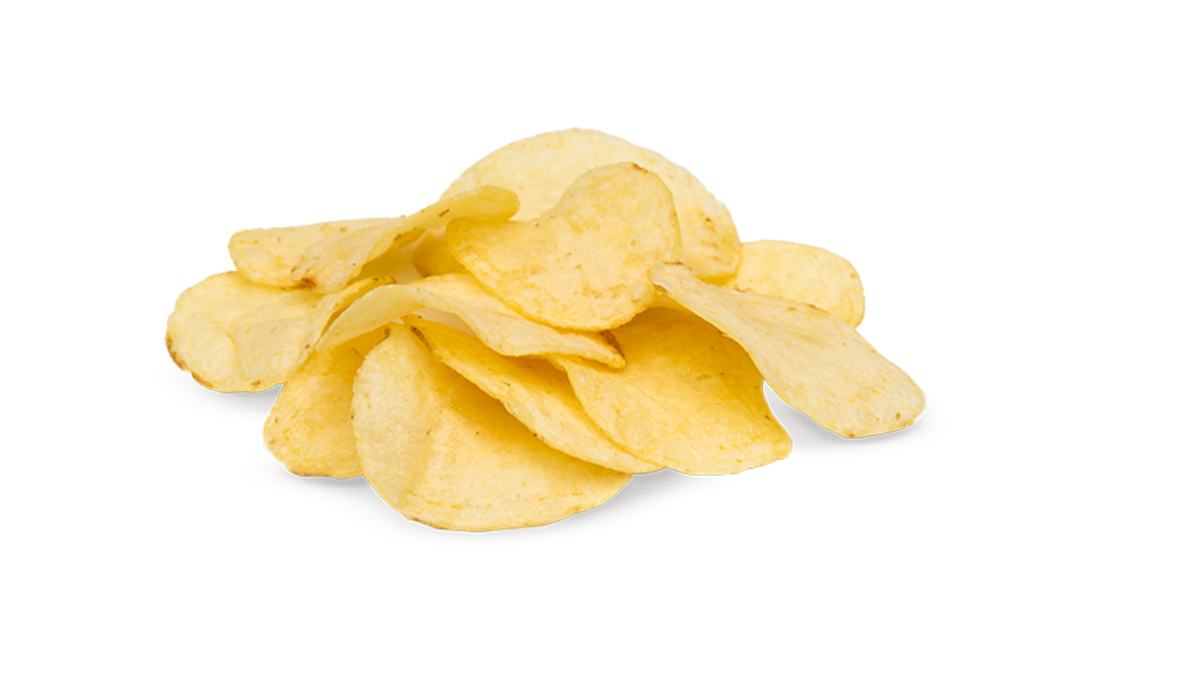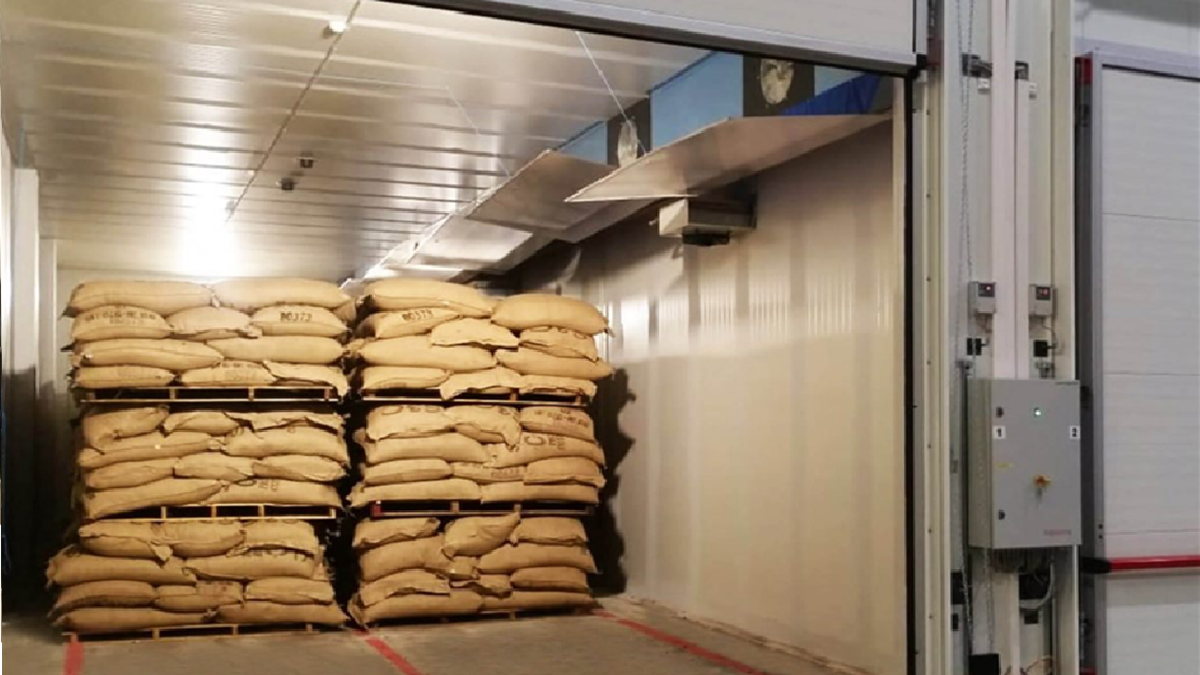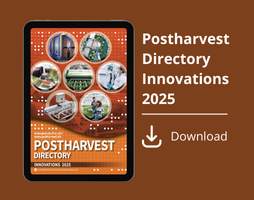Researchers at the University of California, Davis have developed the Byproduct Database, a digital platform designed to transform food-processing residues into new economic and environmental opportunities. The tool compiles information on leftovers such as shells, pulps, seeds, and discarded fruit, allowing users to visualize their composition, availability, and potential uses in industries such as food, cosmetics, and pharmaceuticals.
In its pilot phase, the database includes four crops that are fundamental to California agriculture: tomatoes, almonds, pistachios, and pomegranates. The team plans to incorporate new products—such as wine grapes, stone fruits, and citrus—as more information is gathered. To accelerate this expansion, the researchers are working with Ilias Tagkopoulos, from the Department of Computer Science and AIFS, to develop artificial intelligence tools that reduce the need for manual processing.
The system already reveals notable details. In the case of pistachios, the most abundant byproduct is the outer hull, which is often discarded despite its volume; in addition, undersized pistachios could be an underused resource if a market existed for them. Similarly, with tomatoes, many are lost in the field due to damage or failure to meet commercial quality standards. These side streams—already cultivated and processed—represent a valuable opportunity for recovery, explains lead researcher Edward “Ned” Spang.
The platform also highlights high-value compounds, such as lycopene, an antioxidant found in tomato skins and pulp. Users can identify where these lycopene-rich byproducts are generated and evaluate their potential for creating functional ingredients or health-oriented products.
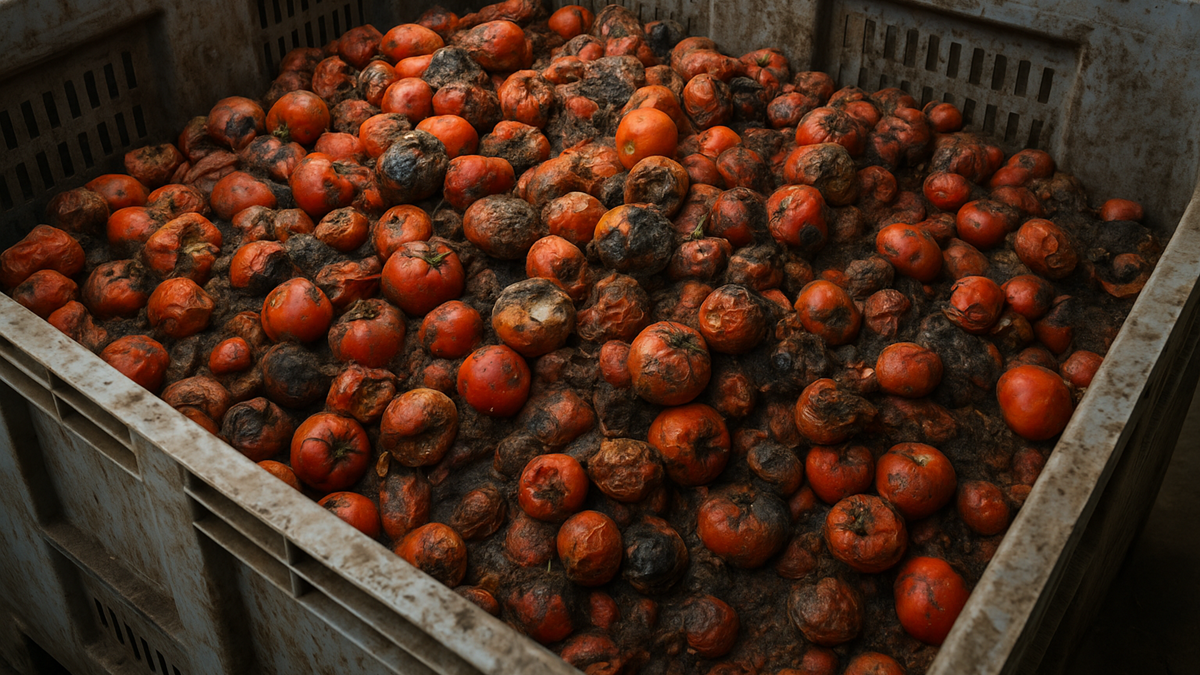
This approach aligns with a growing upcycling movement, in which residues are transformed into new ingredients. Companies in the region already work with materials such as brewers’ spent grain, okara from soymilk production, and grape pomace from winemaking, demonstrating strong industrial interest in these raw materials.
Soon, the database will incorporate cost estimates and economic variables, enabling entrepreneurs and producers to calculate the potential profitability of extracting valuable compounds, including price per milligram and processing-related costs.
The project is funded by the Resnick Agricultural Innovation Research Fund. The investment also includes construction of the future Resnick Center for Agricultural Innovation, which will feature specialized areas for biomass handling and the extraction of compounds from fruits, vegetables, and grains.
For Spang, this initiative helps strengthen a more sustainable and efficient food system.
“We can make our current system more productive by exploring new upcycling ideas and processes that generate income for producers and deliver greater value to consumers.”
His message is clear: reducing waste is possible when creativity, technology, and applied innovation come together.
About Dr. Spang
Dr. Spang’s research focuses on analyzing and optimizing the efficiency of interconnected water, energy, and food systems, applying advanced methods to measure and monitor these relationships at different geographic and temporal scales. His work also examines how markets, technological innovation, and policies influence this nexus, with recent studies on on-farm food losses and the interdependencies between water and energy resources.


